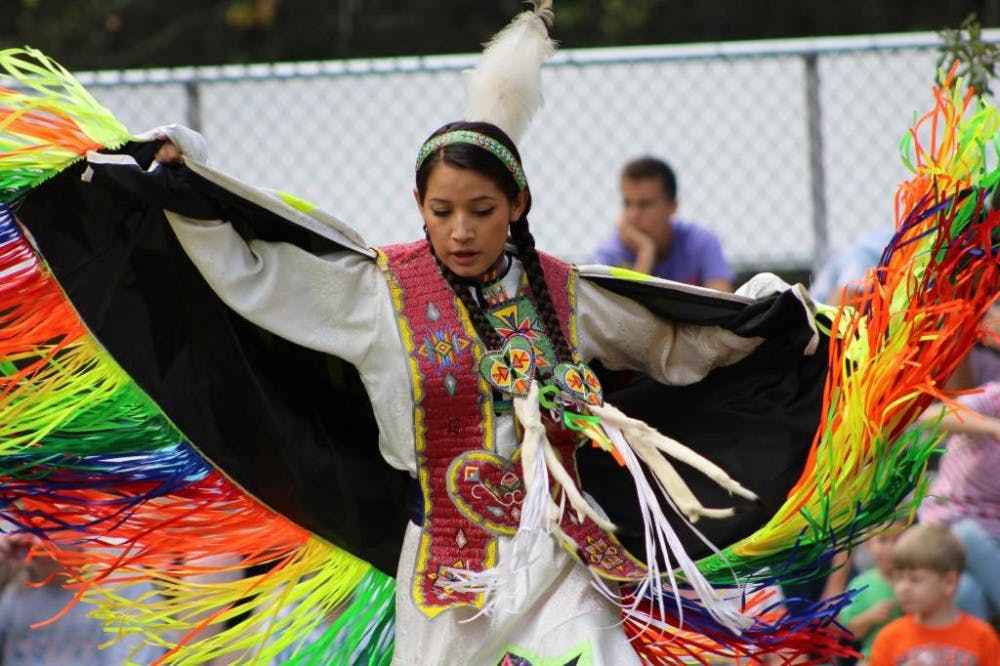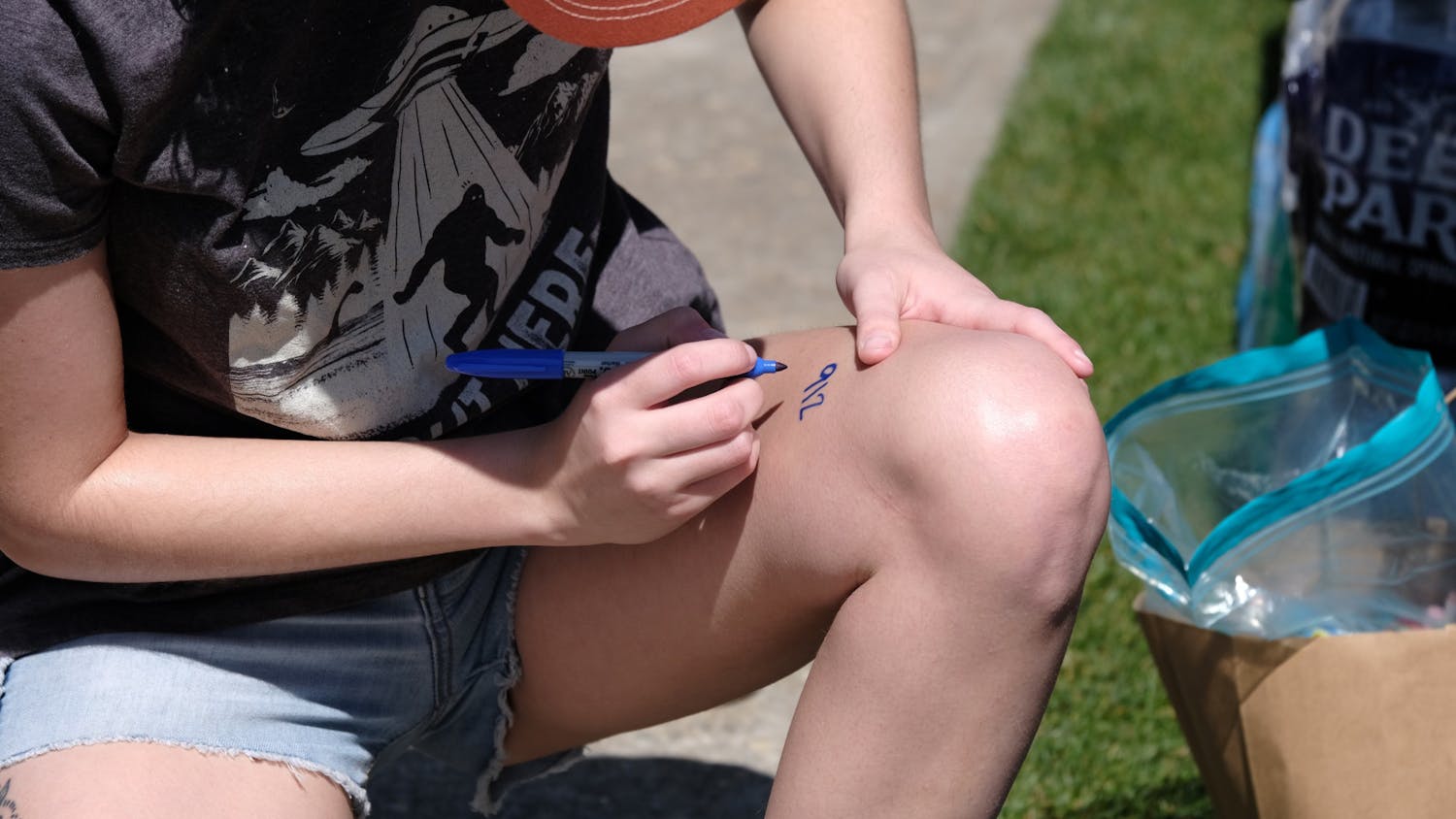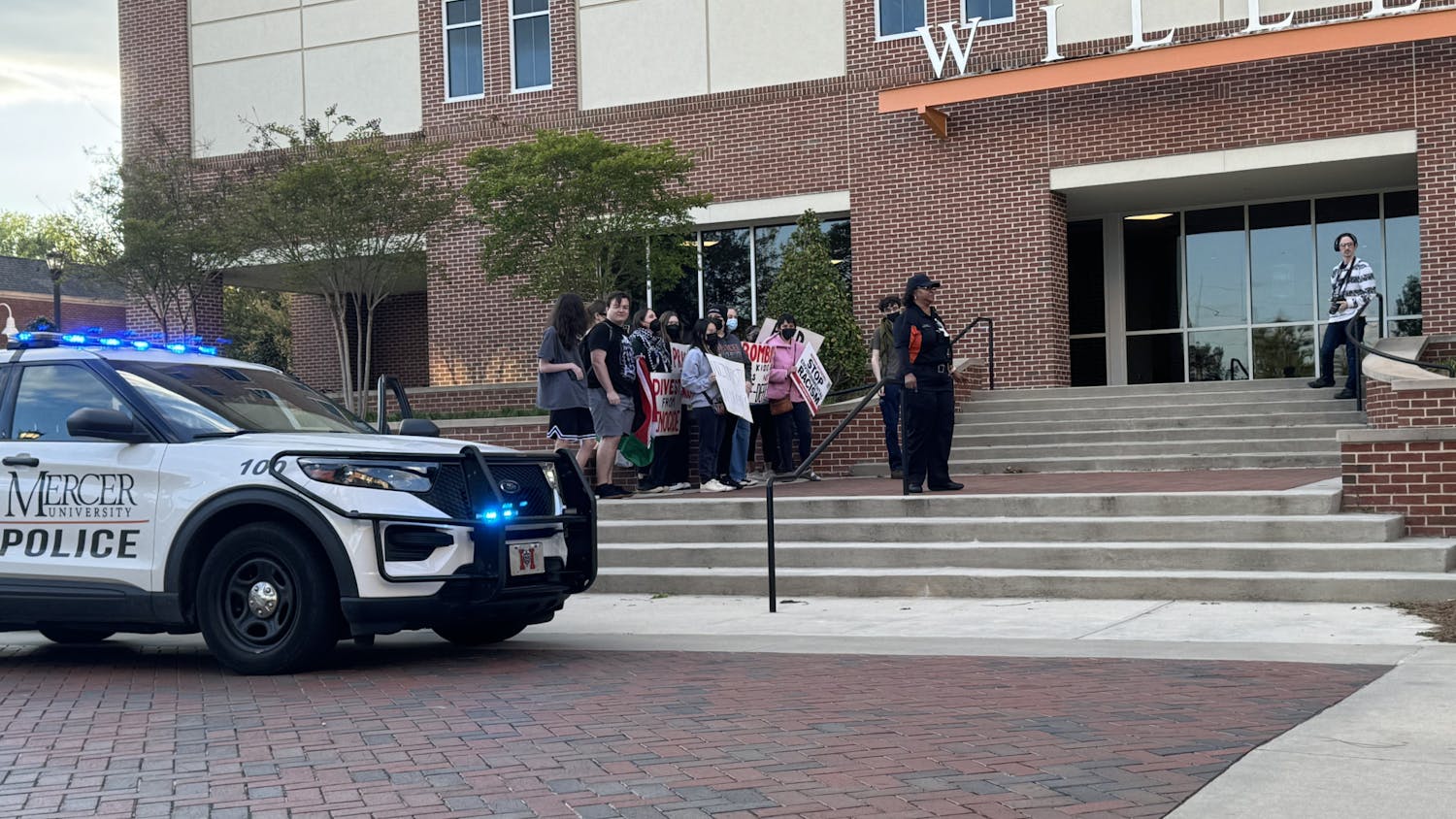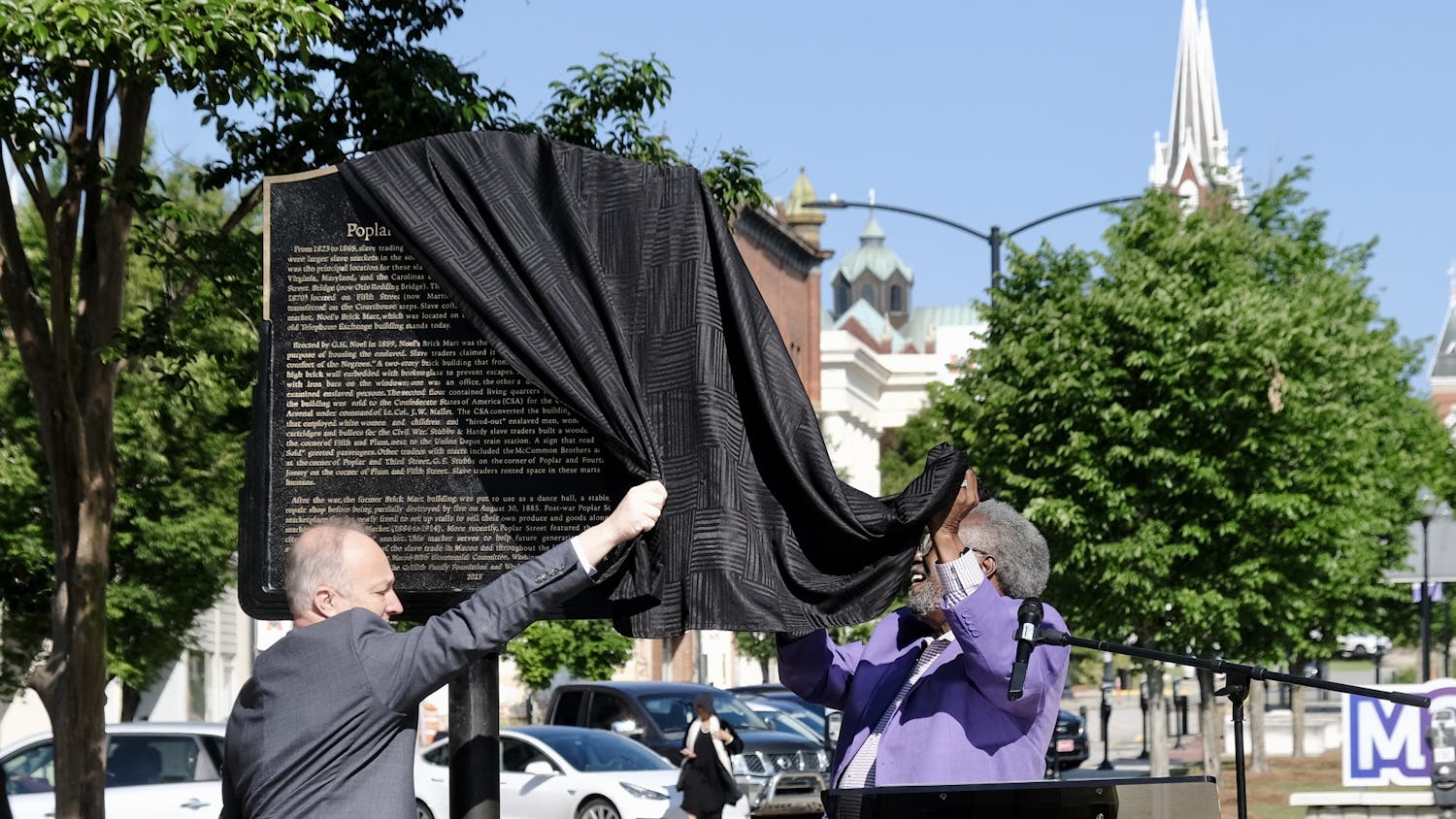[gallery type="rectangular" ids="13328,13329,13330,13331"]
On Sept. 20 and 21, the Ocmulgee National Monument hosted its annual Ocmulgee Indian Celebration. According to Lonnie Davis, a cultural resource specialist at the monument, this was the twenty-third celebration, which began in 1990.
According to Davis, President Roosevelt gave an executive order in 1936 to turn the mounds into a national monument. Although it was suggested to have the area made into a national park in 1932, the Great Depression caused the recommendation to be postponed.
Davis also said that an archaeological dig was held at the Ocmulgee National Monument with the excavation of 2.5 million artifacts in 1933. These artifacts show that humans have lived in this area for over 17,000 years. Davis said that he believes that Roosevelt saw the value of preserving a place where “you can actually see a continuous trend of one culture into another culture.”
“In a sense, this particular tract of land that we now know as Ocmulgee National Monument has been utilized by man for everything from living to hunting, to worshipping, to actual combat, so that’s the whole purpose of Ocmulgee National Monument.”
13 federally recognized tribes were represented at the celebration including Muscogee Creeks, Seminoles, Choctaws, Eastern Band Cherokee and Lakotas, according to Davis.
“We have a mixture of all different… federally recognized, groups of American Indians.”
Davis said that several participants have been involved with the celebration for 20 years. The meeting resembles a homecoming for the many tribes due to the sacredness of the land and the history that it bears.
The media represents Native American history in an unrealistic aspect, said Davis, and he enjoys these festivals because of the truth revealed about these ancient peoples’ everyday life. One example that he gave is that the celebration represents a few different types of housing that the Native Americans would have used. He stated that, despite the longstanding stereotype, they did not all live in tepees.
Pamela Saunders, a visitor from Atlanta, expressed her pleasure at attending the event by saying, “It’s a beautiful experience. The dancers are fantastic. There has been some very powerful drumming. You can hear it all the way out to the mounds.”
Freddy Wilnoty, a member of the Eastern Band of Cherokee who reside in North Carolina, came to the event with some other Nunnehi warriors. These warriors performed two shows for the audience presenting what Wilnoty called social dances. He said that these dances are animal dances that give “honor back to the animals who help us live.”
Wilnoty agreed with Davis concerning the representation the media conveys toward Native Americans.
“There’s a lot of misinterpretation out and about, and so we come here to educate people.”
Wilnoty expressed his desire to strip any stereotypes and help teach people about Cherokee history.
When asked about the special qualities of this particular celebration compared to the ones that have happened in previous years, Davis said, “Everyone is totally unique.”
He expressed how every one of the annual events might seem the same, but he said that every one has special qualities that make it different and unique from previous years.
“There’s nothing really special about them, but they all are special,” said Davis.
Ocmulgee Indian Celebration educates and entertain





